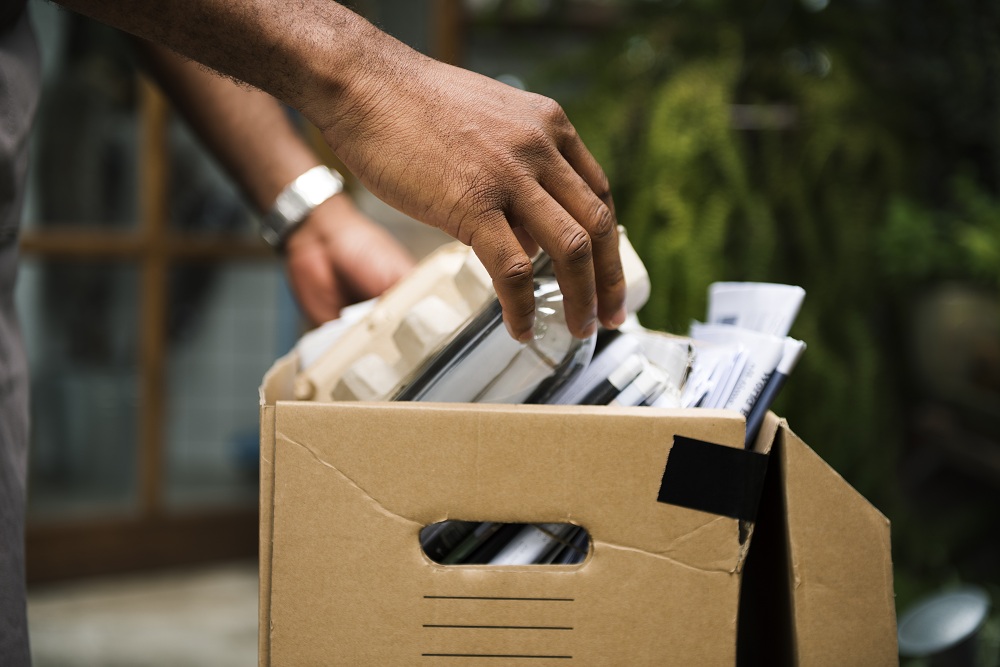Second to the mortgage, a car is the most significant expense on many household budgets. Therefore, you need to approach the process of buying a new car with the seriousness it deserves to avoid running into money problems later.
How am I going to pay for it? You need a concrete answer to this question long before walking down to your local car store or dealership. Answering this question, complete with the financial breakdown, is the key to an enjoyable driving experience.
Unfortunately, most people are taken by the smell of a new car and gleaming bodywork that everything their senses fly out the window. While it’s okay to swoon over the delicious offerings, it’s imperative that you let your wallet do the talking. Otherwise, you might run into financial headwinds sooner than later.
Make a conscious financial decision
As a rule of thumb, buying a new ride should not be an emergency decision, not when it amounts to the second largest purchase after the house. You need to lay out a plan execute it flawlessly. That might sound like a lot of work, but you cannot afford to ignore it.
Experts recommend that you follow the 20/4/10 rule whenever you’re looking to buy a car. You need to put a 20% down payment and keep the loan repayment under four years. Car maintenance – insurance, gas, repair, and car payments – should not gobble more than 10% of your gross monthly income.
Following this rule calls for you to crunch the numbers and double down on your search for the perfect car. It takes considerable effort, but you will be better off financially for it. It makes for a smooth and enjoyable motoring experience.
Treat the car as an investment
One school of thought would beg to differ, but if you shell up to $20,000 of your hard-earned money to acquire it, treat it as an investment. If not, treat it as a valuable tool that is instrumental to your financial wellbeing. Therefore, it is imperative that you pick a reliable car that can keep for at least 10 years.
That means you don’t get hung up on the number of doors, colour, or how the car looks. You want a reliable vehicle that will age gracefully as you rack up the miles without tanking too much in value. Although you might not keep the car for the long-term, you want one with good resale value.
Another upside to buying a durable car is that you keep from getting upside down on the car loan. The short loan duration means that you stay ahead of the car’s depreciation rate. You also get to save a small fortune in interest as opposed to when you stretch out the payments. Again, a durable car keeps its value for much longer.

Buying a car is a substantial financial decision, and you should approach the entire process from that perspective. Following the 20/4/10 rule ensures that you never run into financial trouble somewhere down the line.
You need to be updated with your repayment and meet the routine repair and maintenance like clockwork. It helps to pick a durable model that can serve you for at least 10 years. You want a car that can serve you for that long even when you do not intend to keep it for that many years.
In addition to the high resale value, you want a ride that will not seize up and die when you do not have a replacement budget.


